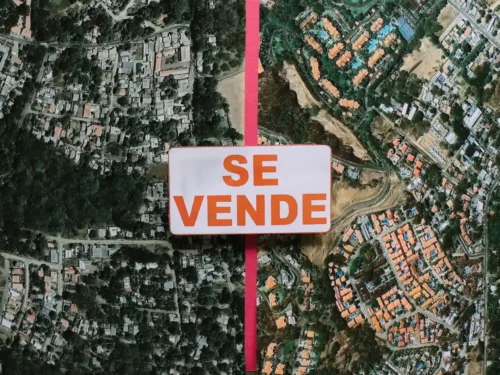
The Costa Rican property registry is centralized in the National Register. Almost all the information required to purchase a property in the safest way, is contained in this section of the National Registry. However, there are many other aspects that need to be taken into consideration in order to avoid being a victim of fraud when buying a property.
Please find some advices below:
- Check lawyer´s attestations. The first caution you should take is to verifye if the lawyer of your choice is an active Notary Public, since not all lawyers are licensed to practice as notaries. Furthermore, it is convenient to hire a surveyor.
- Make sure you make an accurate study at a registration level. Both lawyer and surveyor should perform a basic registration study that includes, in addition to the property number, at least eight points that require a deeper inquiry work in regards to possible liens, annotations and/or any other possible limitation. Remember that, if the land is within the Maritime Zone, laws and other regulatory matters will change completely. These are the elements that your lawyer should review:
The owner. One of the key ítems to verify is who is the owner, to determine if the person who is selling the property has the sufficient right to sell, in order to avoid issues with heirs, marital assets, taxes, etc.
- The property number (known as “matrícula” or “folio real”). Once you have found a property of your interest, you should request from seller the basic information related to said property. By basic information you must understand property number and cadastral plat number. This is the first information you and your notary must have access to.
- The nature of the property. It refers to the purpose of the land. The property can be categorized as “land to build”, “land with a house”, “agricultural land”, etc. That description, however, does not create any right in favor of the owner, this means that if owner wants to use the property for building a factory, a certificate of use of soil must be requested to the corresponding municipality to verify if the area can be used for these purposes.
- The situation of the property. This item is the one that gives buyer the general information on the location and measure of the property. This information should be verify by a surveyor, because there may be some discrepancies and/or inconsistencies between the registry and the reality, for example, the land may be located in a specific district or county, but the registered information does not match. Surveyor shall verify that the actual measurement is the same on the registered plat. If the property has not a registered plat, the surveyor must prepare it and register within the Cadastral Office and the National Register. This procedure is typically made by the property´s current owner.
- Encumbrances. Encumbrances are referred to easements, mortgages, conditions, restrictions and limitations to exercise full control over the property. This is where the notary must perform further analysis, since some of these encumbrances may directly affect the plans or goals of the purchaser when buying the property.
- Other limitations. A Notary, should assure its client that the property is free of other limitations or liens that do not necessarily appear in the Register of the Property. Depending on the type and place where the property is being purchased, notary must verify the presence of a possible environmental limitation recorded in the Ministry of Environment and Energy (MINAE) or verify the conditions in which the property is registered within the Municipal Cadastre, as it can be considered as a municipal asset or had been contemplated before for a possible construction of a public street, for example. The municipal study is also imperative to verify the tax value of the property and if it is current regarding land taxes or canon.
- A final look. If all the verified information is accurate and in order, the next step is the execution of a public deed prepared by a Notary Public, who at the time of execution must request a final registration study to verify that there has been no movement from the start date of the revision to the date of the execution. Once the deed of sale has been signed and the seller has paid the price as agreed, the notary must register the transfer within Property Registry, and after its fees have been paid.







Comments